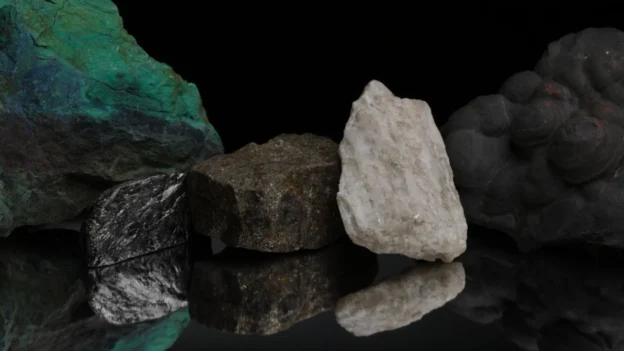The document, published in the Federal Register by the Department of the Interior, incorporates for the first time inputs such as copperlead, uranium and siliconreflecting a broader approach to the risks of disruptions in global supply chains.
2025 list of critical minerals: key to U.S. security.
The list responds to the stipulations of the Energy Act of 2020, which requires periodic review and updating of minerals considered critical based on their strategic importance and supply vulnerability. On this occasion, the USGS used a quantitative economic methodology that evaluates more than 1,000 business disruption scenarios.
This list provides a concrete roadmap for reducing dependence on foreign suppliers and ensuring access to materials critical to domestic production.
Interior Secretary Doug Burgum stated.
Inter-agency collaboration and public participation
The final version was developed after receiving recommendations from entities such as the Departments of Energy, Agriculture and Defense, as well as input from industry and the public. This identified key minerals for sectors such as semiconductor manufacturing, nuclear power and agriculture.
The value of this list lies in its scientific backing and dynamic nature. The USGS technical analysis provides a robust basis for investment and public policy decisions.
Said Andrea Travnicek, Under Secretary of the Interior for Water and Science.
Imports and sensitive materials
One of the warning signs continues to be the high dependence on imports of minerals such as rare earth elements. rare earth elementsThese are vital inputs in advanced technologies such as industrial lasers, telecommunications and advanced weaponry. In 2024, 80 % of the national consumption of these materials came from abroad.
To counteract this vulnerability, the administration has intensified agreements with partner countries and accelerated geological mapping of domestic deposits.
A list that evolves with the global context
The 2025 Critical Minerals List replaces its previous version of 2022 and, according to current regulations, must be reviewed at least every three years. This strategy seeks to maintain constant monitoring in the face of geopolitical and technological fluctuations that could affect security of supply.
The complete listing and methodology are available on the USGS and Federal Register websites. Federal Register.
Source: U.S. Department of the Interior
Photo: Shutterstock

